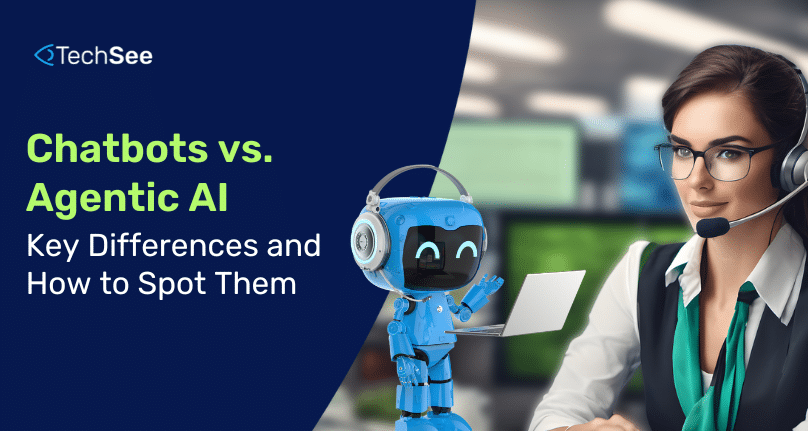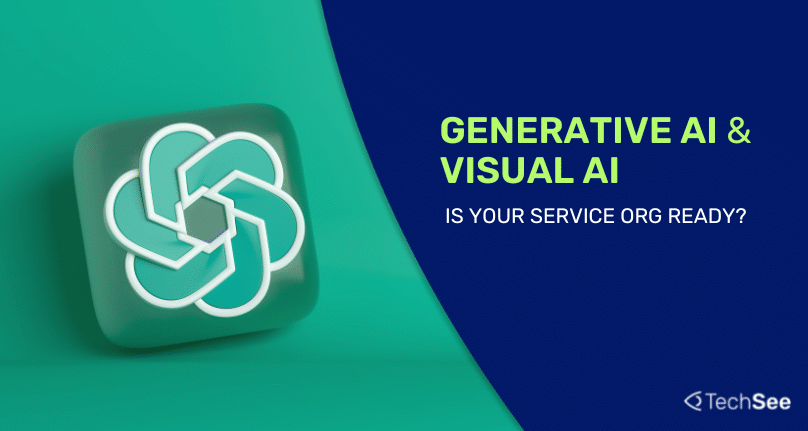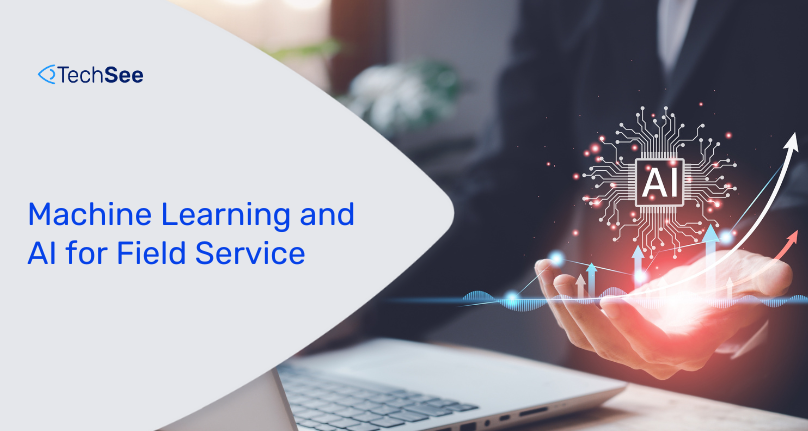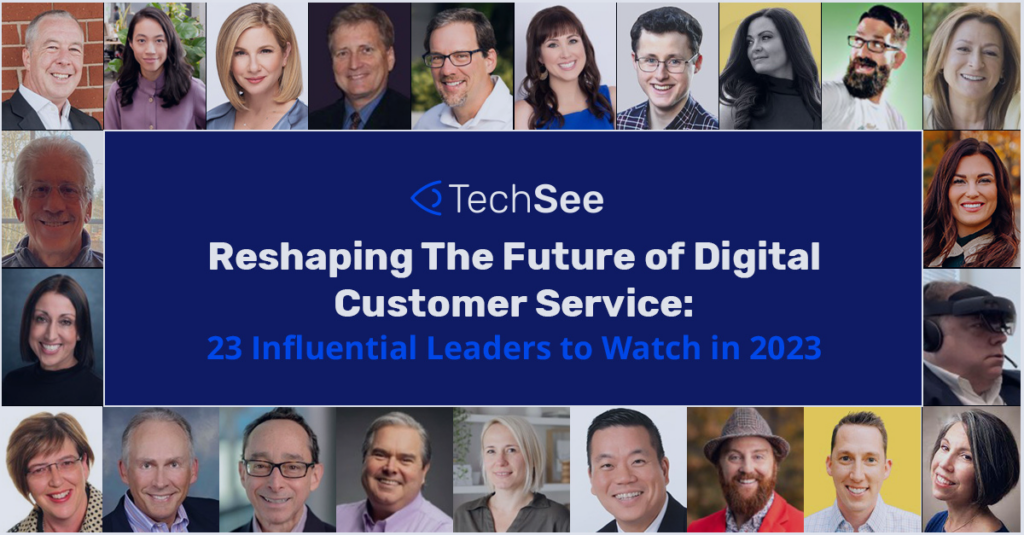Contents
At first glance, chatbots and Agentic AI may seem similar—both engage with users and provide automated responses. However, fundamental differences set Agentic AI apart from traditional chatbots, even those powered by large language models (LLMs). Let’s unpack these new technologies. If there were an MMA match, chatbots vs. agentic AI, where would each of them excel, or how would their approaches to your CX challenges differ?
Chatbots: Reactive and Scripted
Most chatbots operate using predefined scripts or flows. While more advanced chatbots might use LLMs to generate responses, they remain reactive, meaning they can only respond to user queries based on patterns learned from massive datasets. These chatbots excel at handling simple, repetitive tasks, like answering FAQs or guiding users through basic steps. Still, they fall short in understanding context, adapting to new information, or solving complex problems.
Chatbots powered by LLMs may seem more sophisticated because they generate human-like language. However, these systems still lack the autonomy and decision-making capabilities that define Agentic AI. They can answer basic questions but cannot take action, make decisions, or evolve their behavior in real-time based on the unique context of each situation. Chatbots, especially when paired with an LLM can be very effective at addressing “low hanging fruit” such as information questions, but will struggle to take automate actions or address complex inquiries like troubleshooting.
In the decision between chatbots vs agentic AI, chatbots have certainly earned their place. But with many now seeing declining returns, especially around more advanced or complex interactions, Agentic AI hold incredible potential.
Agentic AI: Autonomous, Adaptive, and Context-Aware
Agentic AI, on the other hand, operates with autonomy and cognitive capabilities that enable it to understand, learn, and act independently. Unlike chatbots, Agentic AI can process multimodal inputs (text, voice, images, data, and video), apply reasoning, and make real-time decisions. It uses advanced cognitive layers like Semantic Memory (factual knowledge), Episodic Memory (past interactions), and Procedural Memory (learned processes) to adapt its actions based on the current situation.
For instance, while a chatbot might provide a scripted response when asking about a device (e.g. is this hardware compatible with my smart home network), Agentic AI can analyze real-time images or video of the device, cross-reference this with historical data, and autonomously guide the user through a complex troubleshooting and resolution process. It doesn’t just talk—it thinks and acts, making it a much more powerful tool for enterprise-level problem-solving, and effective containment.
Many enterprises have found that chatbots can effectively improve their containment rates by 20-40%. Integrating LLMs can improve that performance further, sometimes reaching the 40-55% containment range. However, now that service and CX leaders delivered fantastic performance improvements in 2021-2023 by using chatbots to address the lowest-hanging fruit and delivered further improvements in 2023-2024 by integrating LLMs into those chatbots, they now face a fundamental challenge. How can you continue to improve service containment and customer experience dramatically now that the “quick wins” are already live? For many, the natural next step will be Agentic AI.
Chabots vs Agentic AI, Is Now the Time Right? Is this an either/or decision?
If Agentic AI is the natural evolutionary step beyond LLM-integrated chatbots, should you continue investing in improving your chatbots or jump to more capable Agentic AI? For some, especially those operating in a reasonably simple environment, chatbots with integrated LLMs may be sufficient. However, leaders with customers facing fairly complex use cases, such as new hardware setup, how-to onboarding for new or confusing products and services, and troubleshooting something as complicated as WiFi connectivity, Agentic AI is likely the ideal solution.
Agentic AI can do everything chatbots can do, addressing the low-hanging fruit and simple use cases while dramatically improving both CX and containment in more complex use cases. This doesn’t mean that Agentic AI should necessarily replace chatbots today. An effective chatbot can remain in place and work alongside Agentic AI, especially in the earlier stages of Agentic AI deployment. Some may find that chatbots offer a low-cost, basic solution for simple interactions. The decision between chatbots vs Agentic AI doesn’t always need to be an either-or decision. However, in the long term, many organizations will find that maintaining two systems may not be sustainable and will ultimately decide to centralize around Agentic AI.
How to Spot True Agentic AI
When evaluating AI solutions, it’s important to distinguish between companies offering chatbots powered by LLMs and those providing true Agentic AI. Here’s what to look for:
- Autonomy: Can the AI make decisions and act on them without constant human guidance, or is it just responding to predefined queries?
- Multimodal Capabilities: Does the AI handle inputs beyond text, such as images, video, data or voice, and use these to inform its actions?
- Cognitive Reasoning: Does the AI apply different types of memory to adapt responses based on past interactions and contextual information, or does it simply generate responses based on pattern recognition?
- Real-Time Action: Can the AI provide answers and guide users through real-time solutions, such as resolving technical issues or completing complex tasks?
Focusing on these factors can help you identify whether a company is offering the advanced, adaptive capabilities of Agentic AI or simply a more sophisticated chatbot using an LLM. Only true Agentic AI is optimally suited to deliver user and service automation and containment across nearly every use case.
To learn more about the Sophie AI agentic AI platform, please schedule your demo today.







